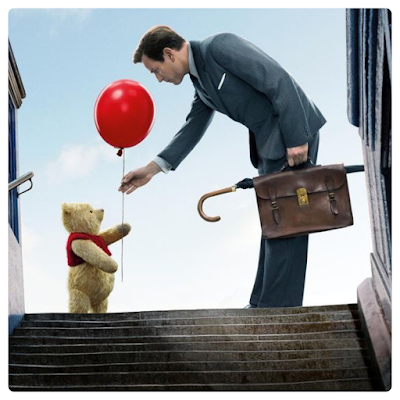Awhile back, I had the chance to watch the film Christopher Robin. While I’d never seen it before, I was already familiar with some of the film’s background, as I grew up being a Winnie the Pooh fan as a little girl. So I thought the film would be worth checking out. About an hour into it, I wanted to cry. Not just because the film was well done but because of what I gleaned from different points throughout its story. More specifically, a reminder to not lose one’s imagination.
When Christopher Robin becomes a grown man, he’s no longer preoccupied with hanging out with Winnie the Pooh and Pooh’s friends in the Hundred Acre Woods. As he shouldn’t be since he’s an adult with a career, a wife, and a child of his own. He’s officially come into #adulting. However, he later becomes reacquainted with his pals from the Hundred Acre Woods and sets off on some new adventures.
At first, Christopher Robin has a hard time stepping into the childhood world he once spent his days in, but then, he begins to use his imagination again as he helps Pooh reconnect with his friends. Sometimes, some adults forget to have fun and dream, to have ridiculous adventures, and to use their imaginations in creative ways. Yes, we all have different responsibilities and demands and families and obligations, however, we must make time to tap into the good using our imaginations can bring. And while using your imagination won’t take you to the Hundred Acre Woods with an adorable and honey eating bear like Winnie the Pooh, perhaps it may take you to other exciting and peaceful places worth looking into.
Don’t lose your imagination. Use it and allow it to enhance your creativity and bring you some adventures and joy.
